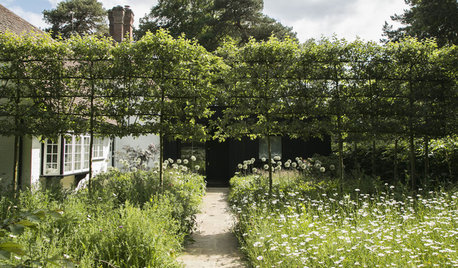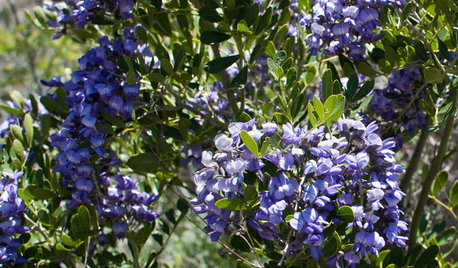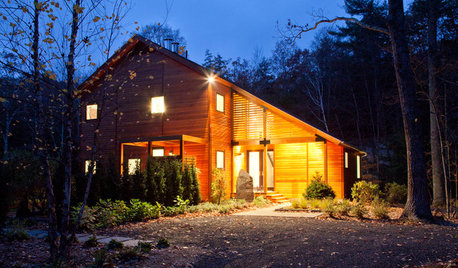Biodynamic Apple Trees
dan_j
11 years ago
Related Stories

EDIBLE GARDENSHow to Add an Apple Tree to Your Edible Garden
Readily available, beautiful and fragrant, apple trees offer four-season interest along with crisp, juicy fruit
Full Story
GARDENING AND LANDSCAPINGCrab Apple Trees Set Off a Stylish English Courtyard
A structure of pleached crab apple trees, bordered by a wildflower meadow, links a minimalist addition to an old house in Buckinghamshire
Full Story
GARDENING AND LANDSCAPINGCrazy for Fruit Trees
Whether a single citrus or a mini apple orchard, even the smallest landscape space can bear deliriously delicious fruit
Full Story
EDIBLE GARDENSWhy Grow Quince? For Beauty, Fragrance and Old-Time Flavor
Delightfully perfumed fruit and lovely spring blossoms make this apple and pear cousin worth a spot in the garden
Full Story
FARM YOUR YARDIf You Have Room for Only One Fruit Tree ...
Juice up a small garden with one of these easier-care or worth-the-effort fruit trees for a mild climate
Full Story
EDIBLE GARDENSHow to Grow 10 Favorite Fruit Trees at Home
Plant a mini orchard in fall, winter or early spring to enjoy fresh-off-the-tree fruit the following year
Full Story
TREES6 Unsung Spring-Blooming Trees
Billowy blooms and rare fragrances will make you wonder how these flowering trees could ever have been underused in landscapes
Full Story
CONTEMPORARY HOMESHouzz Tour: Strong, Modern Lines Stand Up to the Trees
Modernism takes kindly to the New York woods, with double-height ceilings for openness and a burbling creek for music
Full Story
SPRING GARDENING7 Spectacular and Practical Spring-Flowering Trees
Put on a beauteous show in the garden with a landscape tree awash in flowers — just do your homework first
Full Story
ARBOR DAY8 Reasons to Plant a Great Tree
Beauty is its own reward, but the benefits of planting the right tree in the right place go way beyond looks
Full StorySponsored
Professional Remodelers in Franklin County Specializing Kitchen & Bath
More Discussions









Scott F Smith
dan_jOriginal Author
Related Professionals
Bellflower Landscape Architects & Landscape Designers · Carson Landscape Architects & Landscape Designers · Amesbury Landscape Contractors · Brandon Landscape Contractors · Centereach Landscape Contractors · Columbine Landscape Contractors · Dickinson Landscape Contractors · Euclid Landscape Contractors · Panama City Beach Landscape Contractors · Paramount Landscape Contractors · Peachtree City Landscape Contractors · Waipahu Landscape Contractors · West Allis Landscape Contractors · Westford Landscape Contractors · Wheat Ridge Landscape Contractorsdirtslinger2
alan haigh
dan_jOriginal Author
myk1
alan haigh
franktank232
Scott F Smith
dan_jOriginal Author
franktank232
dan_jOriginal Author
franktank232